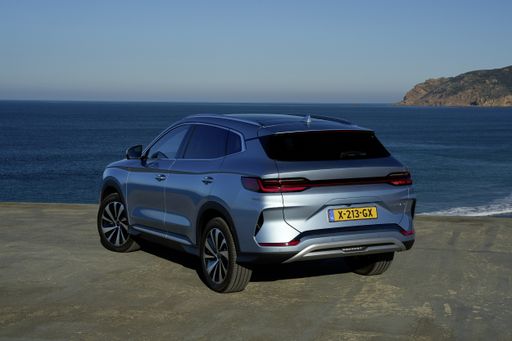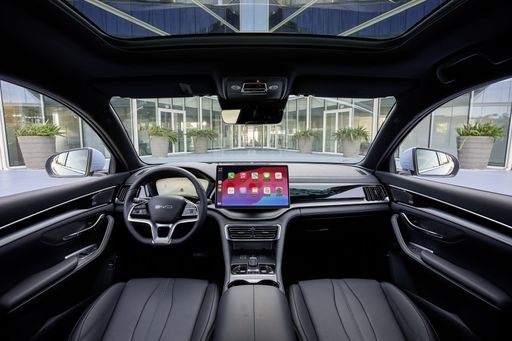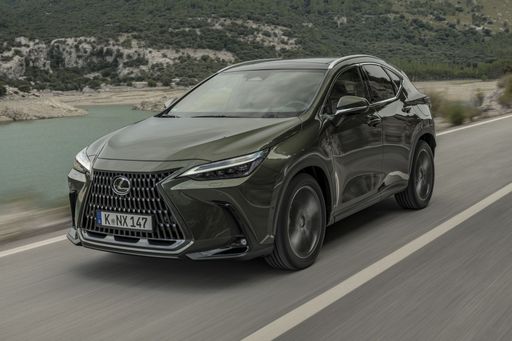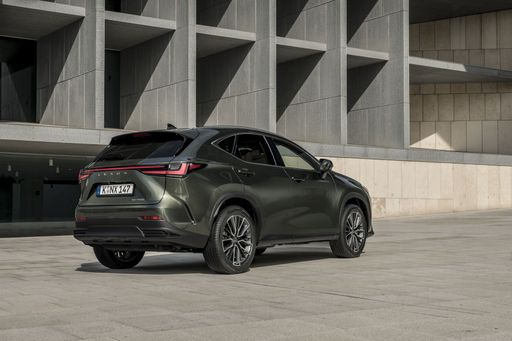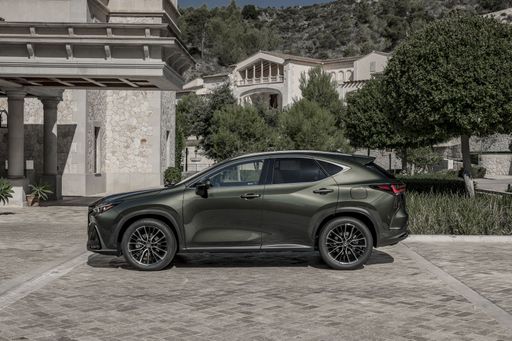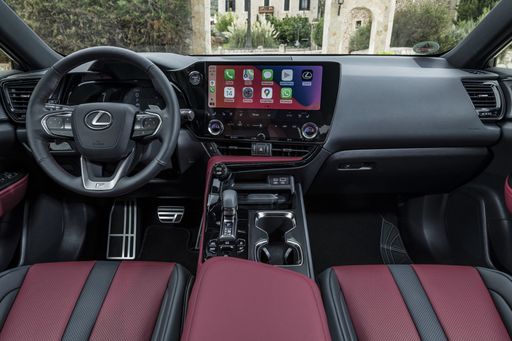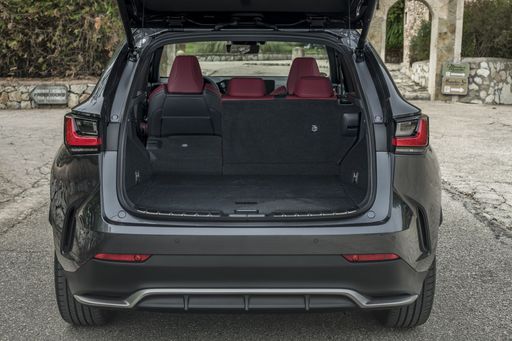BYD Seal U vs. Lexus NX: A Comparative Analysis of Innovation and Performance
As the automotive landscape evolves rapidly, consumers are presented with a plethora of choices, particularly in the SUV segment. Two contenders that have garnered attention are the BYD Seal U and the Lexus NX. Both vehicles boast impressive technical specifications, innovative technology, and unique features. This article delves deep into a comprehensive comparison between the two to help prospective buyers make an informed decision.


